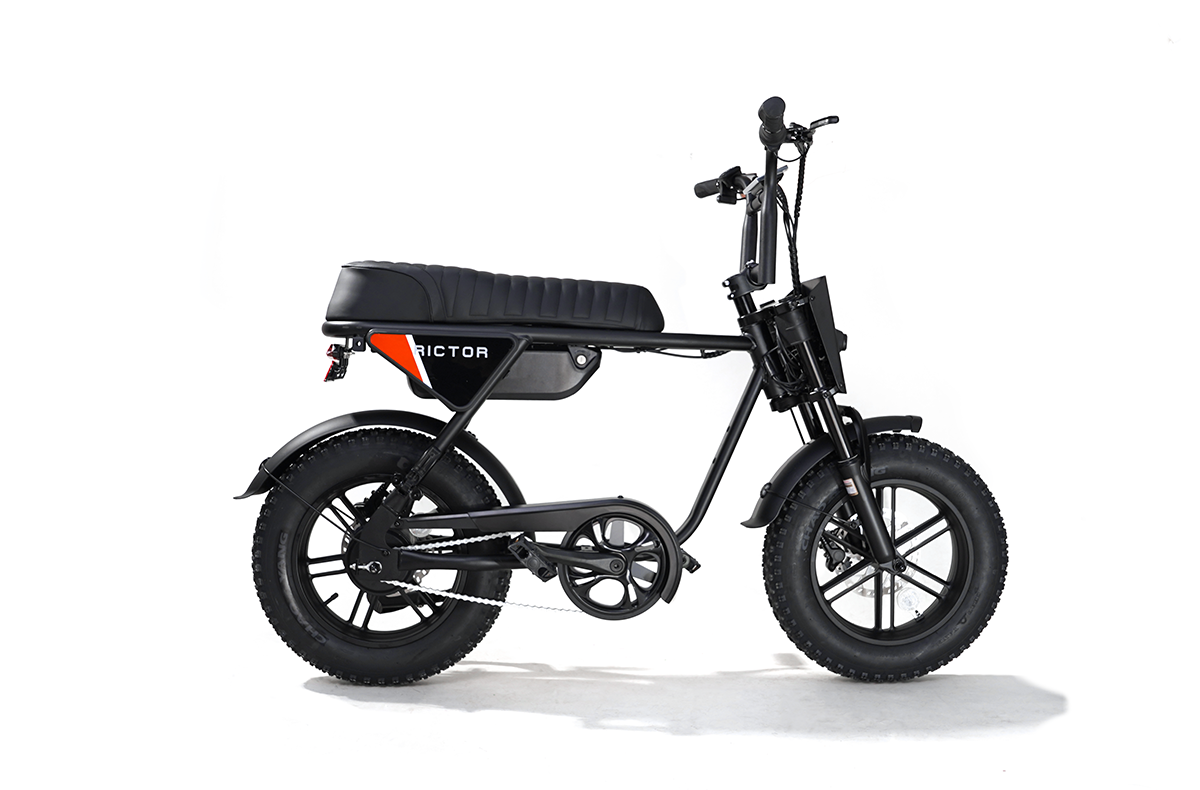
Ebike Battery Replacement Cost | High or Low?
The replacement cost of ebike batteries is a key factor that every rider.
The price range and the variables that influence this cost will help you make a more informed decision when it’s time to replace your battery.
Whether you own an electric bike for daily commuting, leisure rides, or long-distance trips, your battery is a crucial component that affects both the performance and value of your bike.
In this comprehensive guide, we will break down the costs associated with ebike battery replacement, what determines the cost, and answer some of the most common questions regarding the lifespan and repairability of ebike batteries.

How Long Do Electric Bike Batteries Last
The lifespan of an electric bike battery depends on several variables, including its quality, usage patterns, and maintenance.
A high-quality ebike battery generally lasts between 500 to 1,000 charge cycles, which often translates to 3 to 5 years of use for the average rider.
However, these numbers can vary based on how often you use the bike, how deeply you discharge the battery, and how well you maintain it.
The Rictor K1 ebike is equipped with a 48V20AH removable battery, featuring LG 21700 battery cells, which are known for their high energy density and durability.
This type of battery is designed to offer superior longevity, providing up to 1,000 charge cycles, depending on the rider's habits.
Additionally, the removable nature of the battery allows for convenient charging, whether at home or on the go.
Riders can enjoy long-lasting performance and flexibility with the Rictor K1’s battery system.
In short, while charge cycles are an important indicator, the overall lifespan also depends on factors like temperature, storage conditions, and how deeply the battery is discharged during each use.
Regular maintenance and mindful riding habits can help extend your battery's lifespan, ensuring you get the most out of your ebike.
SEE ALSO Are e-bikes waterproof? the truth might surprise you!we still have owesome recommendation
What Decides the Cost High or Low
Several factors influence the cost of replacing an ebike battery, with prices typically ranging between $200 and $900. The price varies depending on the following elements:
Battery Capacity (Wh)
The battery's capacity, measured in watt-hours (Wh), directly affects its price. Higher-capacity batteries provide more range but are also more expensive.
For instance, a 48V battery will generally cost more than a 36V battery due to its larger energy storage.
Battery Chemistry
The type of battery chemistry plays a crucial role in determining the price. Lithium-ion (Li-ion) batteries are the industry standard for most ebikes due to their light weight, long life, and high energy density.
Premium brands, like Samsung or LG cells, often command a higher price but deliver better performance and longevity.
Brand and Compatibility
The ebike brand and battery compatibility largely determine cost. Proprietary batteries are pricier but guarantee seamless performance.
If your ebike supports third-party batteries, you can opt for more affordable alternatives, though it’s crucial they meet the bike's requirements.
While original batteries cost more, they ensure reliability, longer life, and better integration with the bike’s system.
Removability
Removable batteries tend to be more expensive because of the convenience they provide.
Removable batteries allow riders to charge them separately from the bike, offering greater flexibility for those who live in apartments or prefer to charge their battery indoors.
Warranty and Support
Batteries that come with extended warranties and customer support tend to be priced higher, but this can be a worthwhile investment for peace of mind. A strong warranty ensures you're covered if the battery fails prematurely.

How Do I Know If My eBike Battery Needs to Be Replaced
Over time, ebike batteries degrade, leading to reduced performance and the eventual need for replacement.
It’s important to be aware of several key indicators that suggest your battery is nearing the end of its life. Below are the common signs to look for, with a more detailed explanation for each:
1. Decreased Range
One of the first and most noticeable signs of battery degradation is a reduced range.
If your bike no longer covers the same distance on a single charge as it once did, it is a clear sign that the battery’s capacity is diminishing.
A healthy ebike battery should provide consistent range, but over time, the cells inside the battery lose their ability to store as much energy.
-
How to detect it: Track your bike’s range by noting how many miles you can ride on a full charge. If you notice a 10-20% drop in range after several months of use, this is a normal sign of wear. However, if the range drops significantly (30-50%) within a short period, it's an indication that the battery is deteriorating and may need to be replaced soon.
2. Battery Charge Issues
Another clear sign that your ebike battery may need replacement is if it takes noticeably longer to charge or doesn’t hold a full charge.
Batteries lose their ability to charge efficiently as they age, often requiring more time to reach full capacity or showing inaccurate charge levels.
-
Extended Charging Time: If you observe that the time required to fully charge your battery has significantly increased, it could mean that the cells have weakened.
-
Inconsistent Charging: A fully charged battery that quickly drops to a low percentage after just a short ride is a sign of capacity loss. Some batteries may also charge erratically, where the charge indicator jumps or fluctuates, signaling internal issues.
3. Physical Damage
Physical damage to the battery pack is another clear indication that it’s time for a replacement. Batteries are sensitive to impacts, and any visible signs of damage, such as swelling, leakage, or corrosion, mean that the internal components are compromised.
- Swelling
- Leakage
Any liquid leaking from the battery pack is a sign of electrolyte leakage. This can damage the surrounding components of your bike and is a clear signal that the battery is unsafe for use.
-
Corrosion
4. Sudden Power Loss
Sudden and unpredictable power loss during rides is another sign that the battery is failing. This often occurs when the battery can no longer supply a consistent flow of energy to the motor due to internal degradation.
-
What to look for
-
Inconsistent Power Output
5. Age of the Battery
While this may seem obvious, the age of your battery is a significant factor. Even if your battery hasn’t reached the end of its charge cycle lifespan, calendar aging can still lead to degradation. Most lithium-ion ebike batteries last around 3 to 5 years with regular use, but batteries will degrade naturally over time, even if they’re not in constant use.
- Older Batteries
Conclusion
The cost of replacing an ebike battery depends on several factors, including battery capacity, brand, and compatibility.Don’t forget: if you’re looking for a reliable, high-performance option, the Rictor K1 electric bike offers an outstanding battery with LG 21700 cells, providing long-lasting power and flexibility for all your rides.
Ready to experience the power of Rictor? Check out the Rictor K1 and explore its advanced features today!
FAQs
Does riding in cold weather affect my ebike battery?
Yes, cold temperatures can reduce the efficiency and range of your ebike battery. It’s best to store the battery indoors at room temperature when not in use and avoid charging it in extremely cold conditions.
Can I upgrade my ebike battery for longer range?
In some cases, you can upgrade to a higher-capacity battery for longer range, but the new battery must be compatible with your bike’s motor and electrical system. Always check with the manufacturer or a professional before upgrading.
How should I store my ebike battery during long periods of inactivity?
If you’re not using your ebike for an extended period, store the battery in a cool, dry place at about 50-70% charge. Avoid storing it at full charge or fully depleted, as both can negatively impact battery health.



